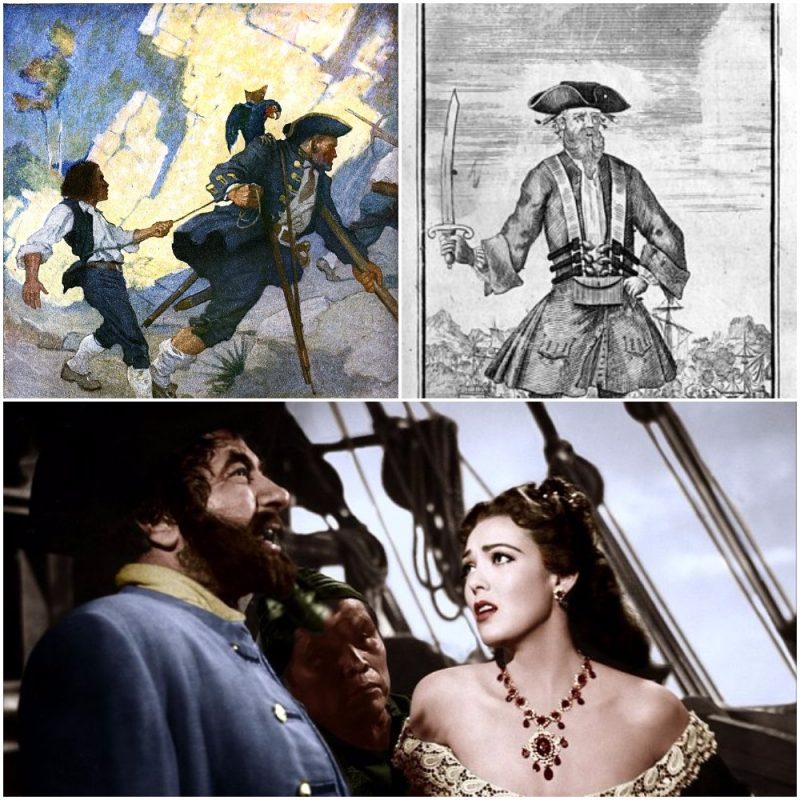If any number of people were asked to imagine a pirate, they would most likely immediately conjure up a stereotypical image of a thug with an eyepatch and a wooden leg, who wields a cutlass, has a parrot, drinks huge quantities of rum, and speaks in a strange accent. This accent is popularly known as the “pirate accent”, renowned for its strong and pronounced “r” sound, as in “yarrr” or “arrrr”.
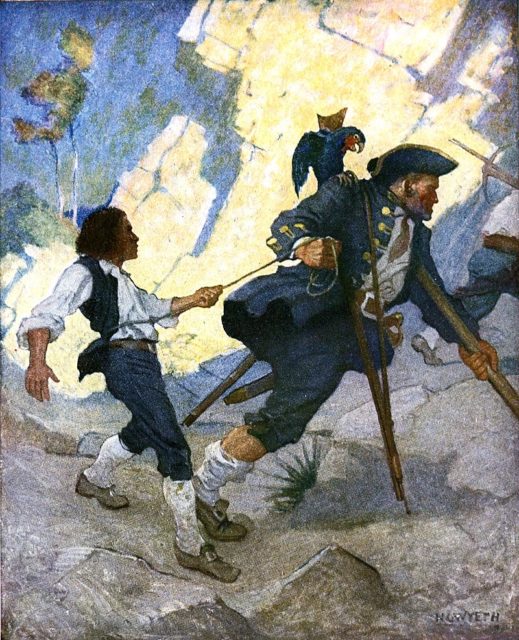
The popularity of this accent started during the late 1940’s and 1950’s. Pirate movies were already immensely popular before that time, although there was no standardized accent used by on-screen pirates. For example, the 1934 adaptation of Robert Louis Stevenson’s “Treasure Island” features a standard American accent with no special “pirate” pronunciation.
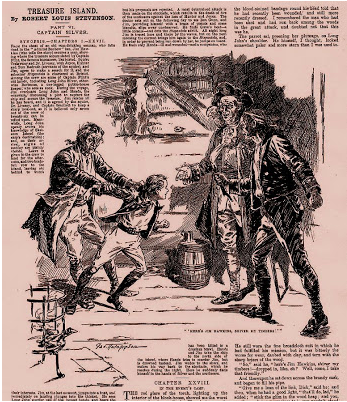
The special pronunciation and stereotypical expressions emerged with the pirate movies starring Robert Newton who has become the “patron saint” of the annual International Talk Like a Pirate Day. Newton first used the accent while playing his most remembered role, the one of Long John Silver in the 1950 adaptation of Treasure Island. The accent was immediately praised by audiences, so Newton continued to use it in his later pirate movies, including Blackbeard the Pirate and the popular series The Adventures of John Silver. Since then popular culture cannot imagine pirates speaking any other way.
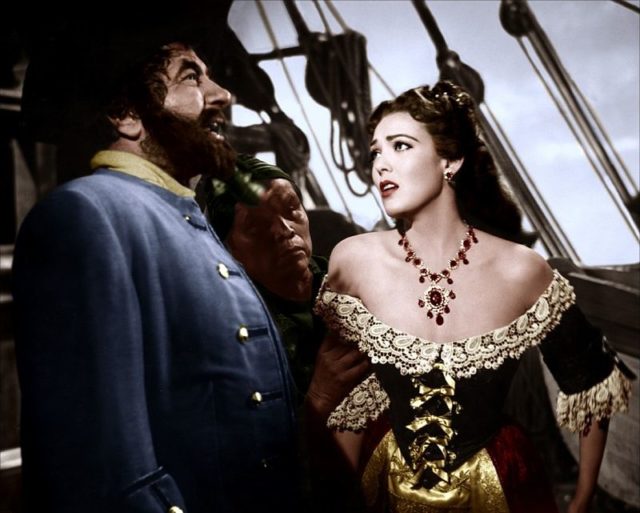
The accent Newton used was, in fact, an exaggerated version of his native accent. He was raised in Dorset, not far from Bristol, so he was familiar with the English West Country farmer’s accent. He thought his version of this accent would bring additional flair to the already popular pirate flicks, and he employed it with great success.
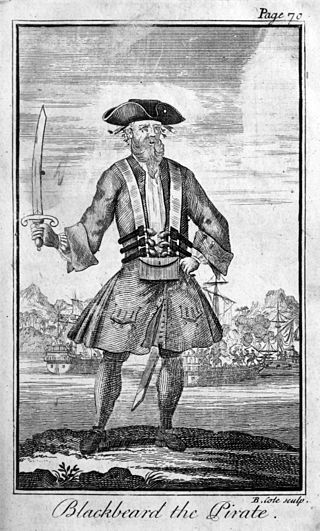
His use of the accent is also a historical coincidence. During the Golden Age of Piracy, in the late seventeenth and early eighteenth century, many pirates came from Newton’s native region.
The famous Blackbeard himself was most likely born in Bristol, and most legendary pirates were supposedly born in either Bristol, Devon or Cornwall. Cornwall has a particularly strong tradition in seafaring and fishing, so perhaps most seafaring folk of that time would have come from that part of the world. Newton, therefore, possibly revived the genuine historical accent of pirates.
